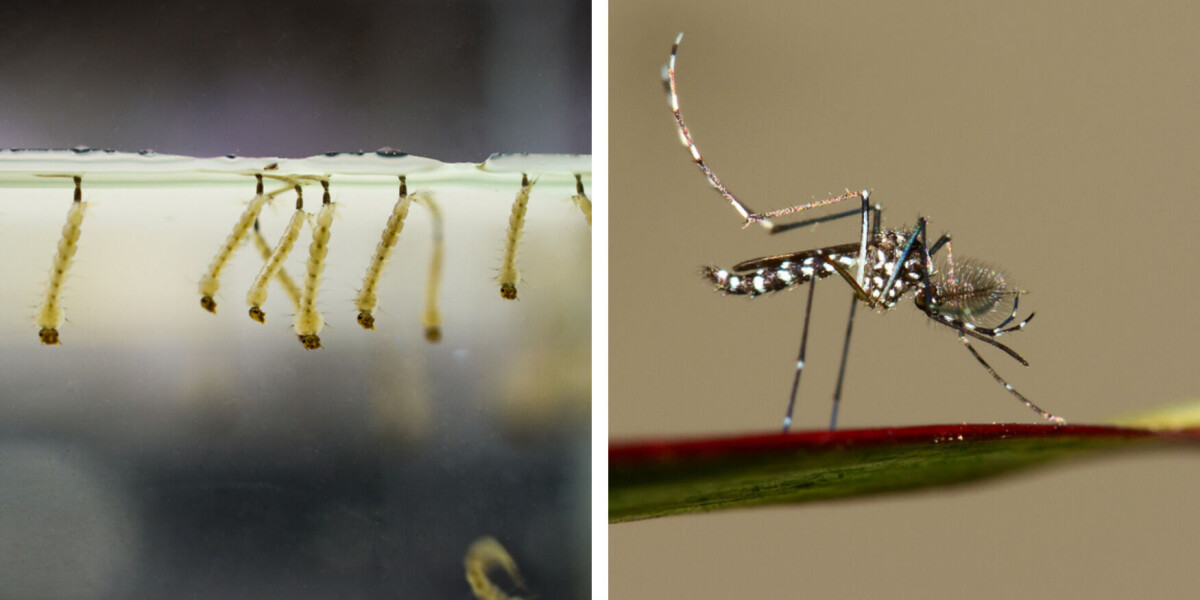
- Select a language for the TTS:
- UK English Female
- UK English Male
- US English Female
- US English Male
- Australian Female
- Australian Male
- Language selected: (auto detect) - EN
Play all audios:
THE INVASIVE INSECTS ARE NOW COMMON IN MOST OF THE COUNTRY Invasive species are receiving a boost from climate change as they adapt their life cycles to the French seasons, research has
found. Tiger mosquitoes, asian hornets and stink bugs were not present in France fifty years ago. Today, however, all three species are present in vast numbers in most of the country. Along
with this plague of pests come new challenges and dangers: For David Giron, director of the Institut de Recherche sur la Biologie de l'Insecte (IRBI), which studies insect biology, the
spread of these pests is certainly related to climate change. “It’s very clear that climate change has an impact on the persistence of their colonies,” he told _Sud Ouest_. “Due to the warm
autumn, asian hornets were reproducing as if it were summer. The result is more individuals and a greater population.” READ MORE: ASIAN HORNETS ARE STILL PROLIFIC IN FRANCE DUE TO MILD
AUTUMN Tiger mosquitos, which typically begin to lay cold resistant eggs as the weather cools, can continue normal reproduction when the weather is fine. “We now see an increasing number of
generations per season, which is why the active population persists longer,” said Mr Giron. READ MORE: MOSQUITOES IN FRANCE: A SCIENTIST'S ADVICE FOR KEEPING THEM AWAY Stink bugs are
typically more noticeable as the weather begins to cool. However, it is during the summer that they reproduce, only seeking the shelter of people’s homes when they need to overwinter. “It is
likely that the weather conditions this summer helped that species too, which is why we are seeing so many of them this autumn.” ‘SOME INSECTS NEED COLD WEATHER’ While mosquitos can thrive
all year round in warm conditions, others, such as butterflies require a hibernation phase. “Such species require a diapause, and if the weather is not cold enough, then the species will not
be in a position to create a new generation in spring, which would be catastrophic for them,” said Mr Giron. RELATED ARTICLES: HOW CAN FRANCE FIGHT INVASIVE SPECIES LIKE ASIAN HORNETS?
GIANT 800-METRE ANT COLONY BENEATH BEACH IN THE SOUTH OF FRANCE









